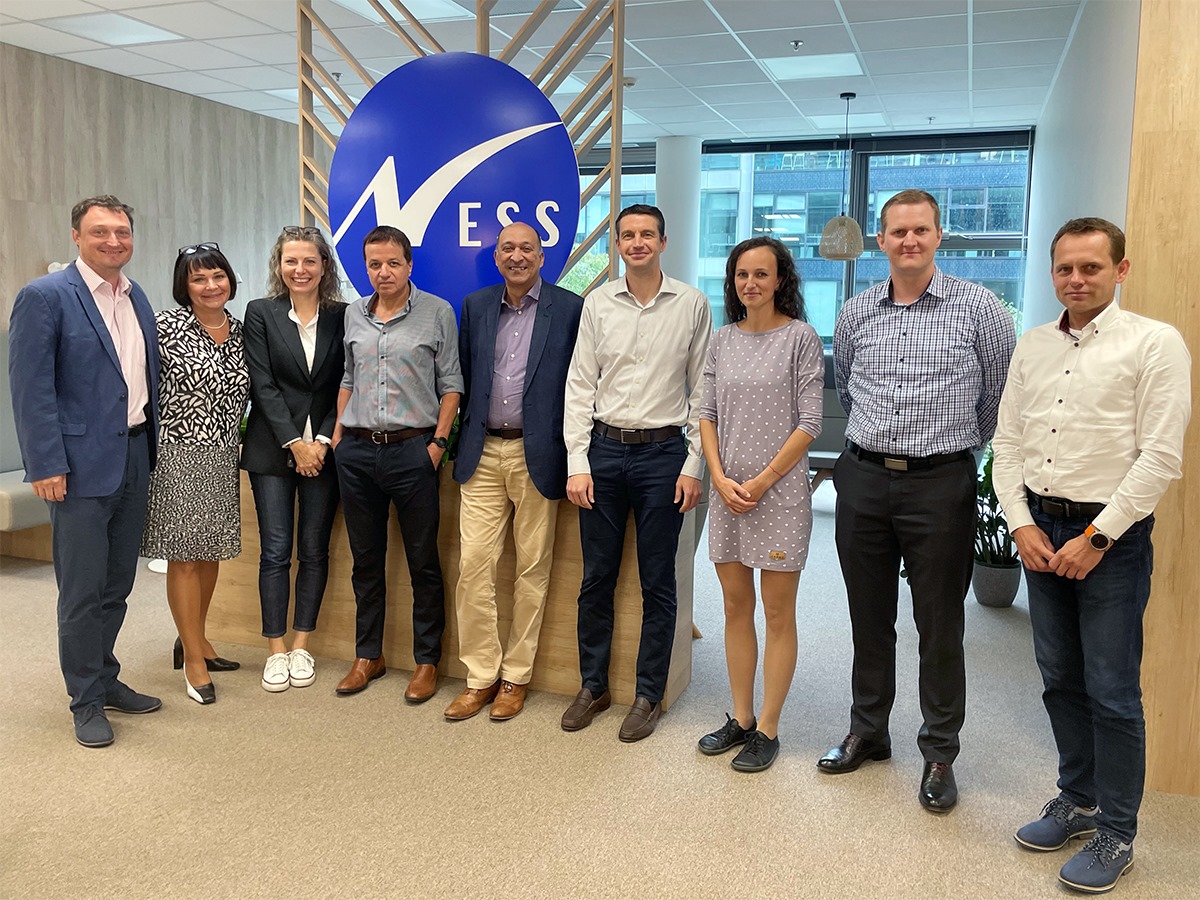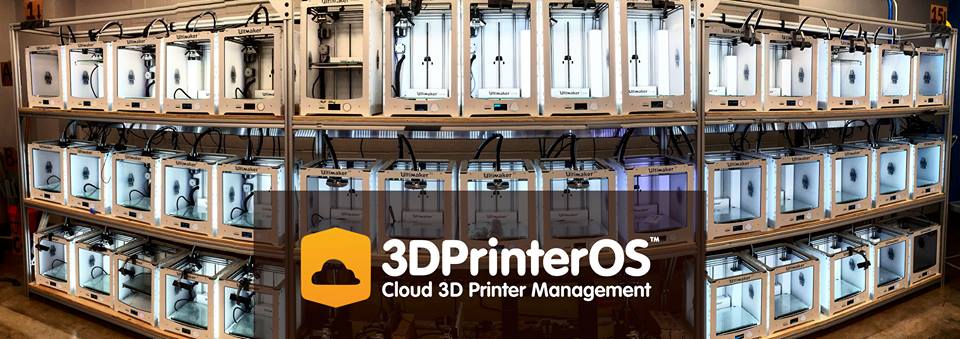3D printing might seem like something from a sci-fi movie or video game given its vast abilities and for some video games such as Call of Duty that is not far from the truth. But aside from printing weapons either in a game or real life, 3D printing has taken on many other roles.
According to The British Journal of Photography, 3D printing may soon play a role in collectibles and art claims Chris Littlewood, Director of the Photography Department at London based Flowers Gallery. Thus the process of 3D may soon produce a number of novel designs and pieces.
In addition to this, 3D printing is taking shape in another industry, housing. This comes at a time where housing shortages appear to be a serious issue among numerous countries, especially in cities with growing populations. 3D printing is proving to be an effective tool for two main reasons.
Firstly the speed at which a house can be built is far quicker than traditional methods, as the below video demonstrates. And secondly, the price tag of a 3D built home is just a fraction of what traditional methods would usually cost. These two factors show great hope for the future, especially for less developed or overcrowded locations where housing is scarce.
What’s more, major players in the tech world are now sinking their teeth further into the world of 3D printing, improving processes for a large number of businesses.
Microsoft and 3DPrinterOS have announced a 3D printing software bundle aimed at drastically reducing the effort needed to securely deploy 3D printing within enterprises.
“We chose to work with 3DPrinterOS because their 3D printing software covers the widest amount of machines. Coupled with our Azure private and public clouds, this simplifies how enterprises of all sizes can manage printers and users,” said Jim Brisimitzis, Head of Startups, Microsoft.
Expanding on their partnership, the new bundle offers Azure cloud users the ability to:
-
Use a pre-approved I/T solution to securely manage users and 3D printers. 3DPrinterOS leverages the Azure cloud’s ISO 27001, HIPAA, FedRAMP, SOC 1 and SOC 2 compliance.
-
Share machines and files with any collaborator via corporate intranet connection. This makes it easy for IT departments to deploy and maintain 3D printers alongside existing technology stacks.
-
Print, manage users, and see production in real-time. Being able to produce parts on demand securely from any location in your company world wide, allows thousands of engineers to access via the corporate intranet.
“Our goal was to make it incredibly easy for enterprises already using Azure to share 3D printers and files across an entire company without fear of violating I/T and compliance rules. Enterprises can now deploy a platform agnostic 3D printing world wide,” said John Dogru, CEO of 3DPrinterOS.
With the average company using approximately five to seven public and private clouds, this bundle allows the 14 percent of institutions and 90 percent of Fortune 500 already using Azure to deploy the 3DPrinterOS 3D printing platform immediately.
The move comes on the heels of Microsoft explosive Azure growth in 2017 and the Azure Government cloud earning the authority to operate for the U.S. Air Force.
Evidently, 3D printing has a lot to offer in numerous fields, with our current usage of this technology representing only the tip of the iceberg of its potential. For more information on the Azure/3DPrinterOS bundle, visit www.3dprinteros.com.









Show Comments